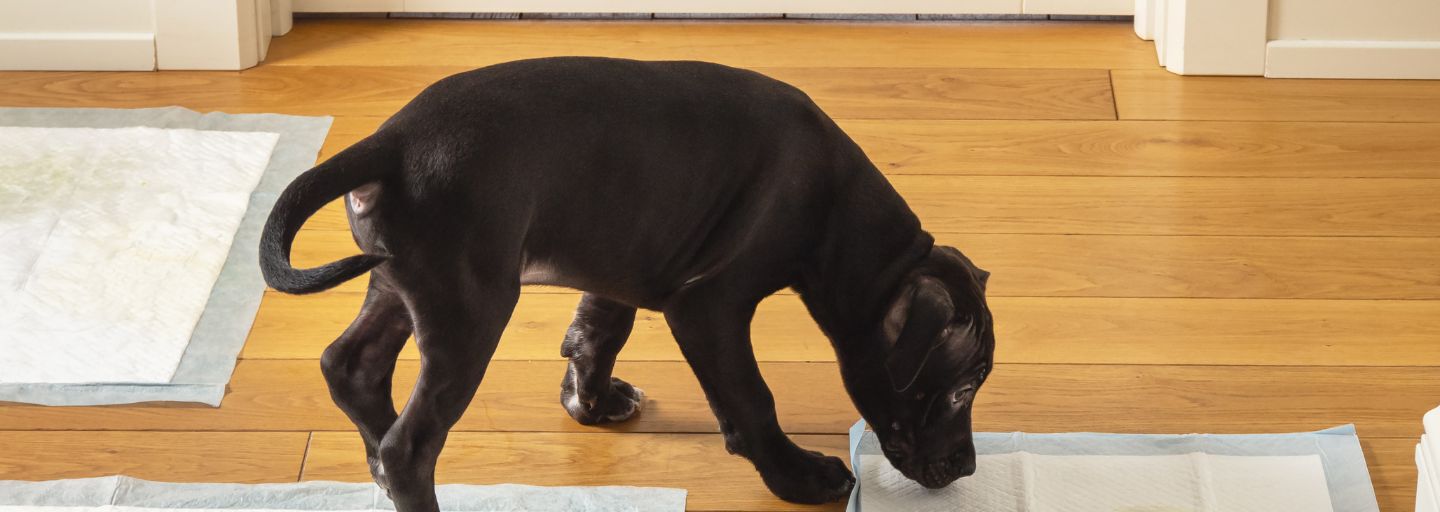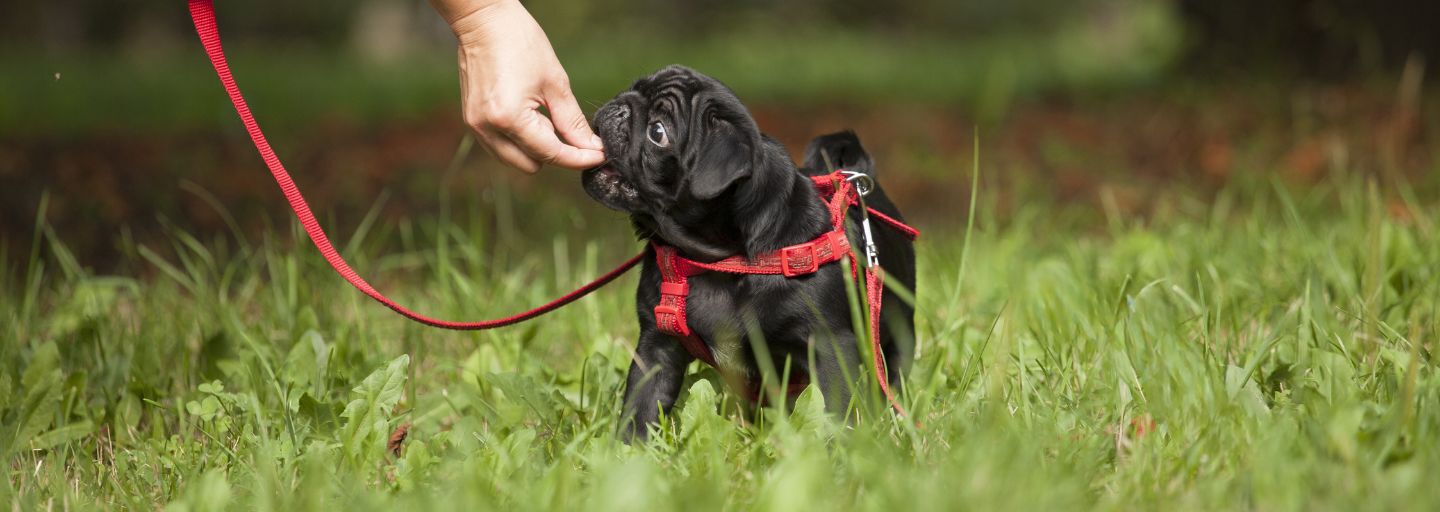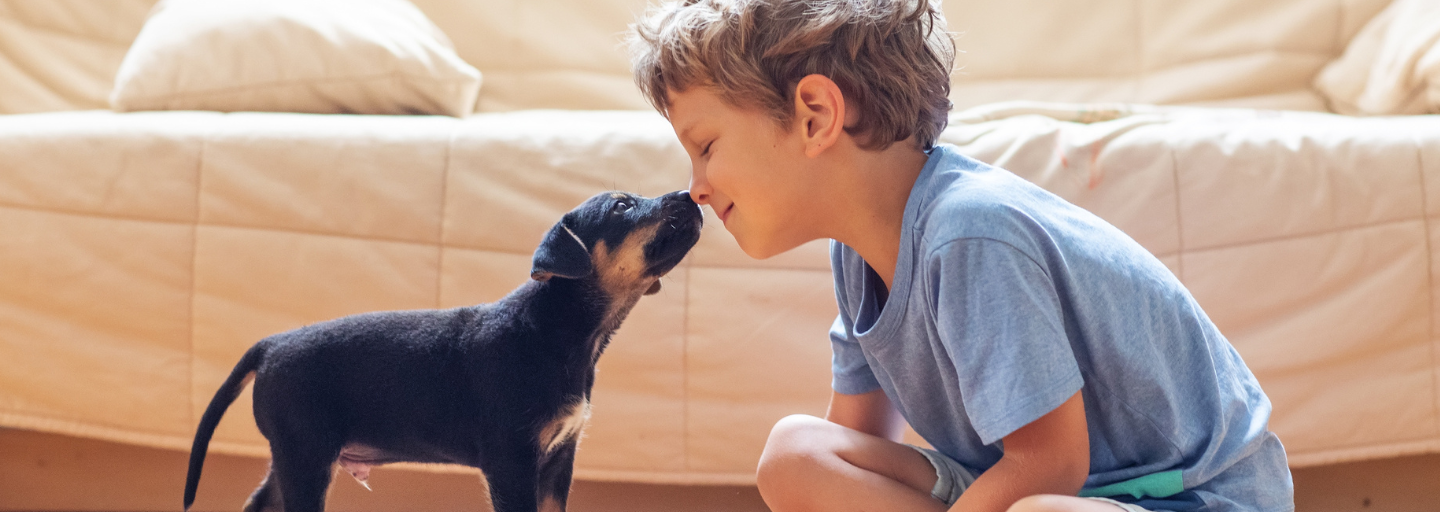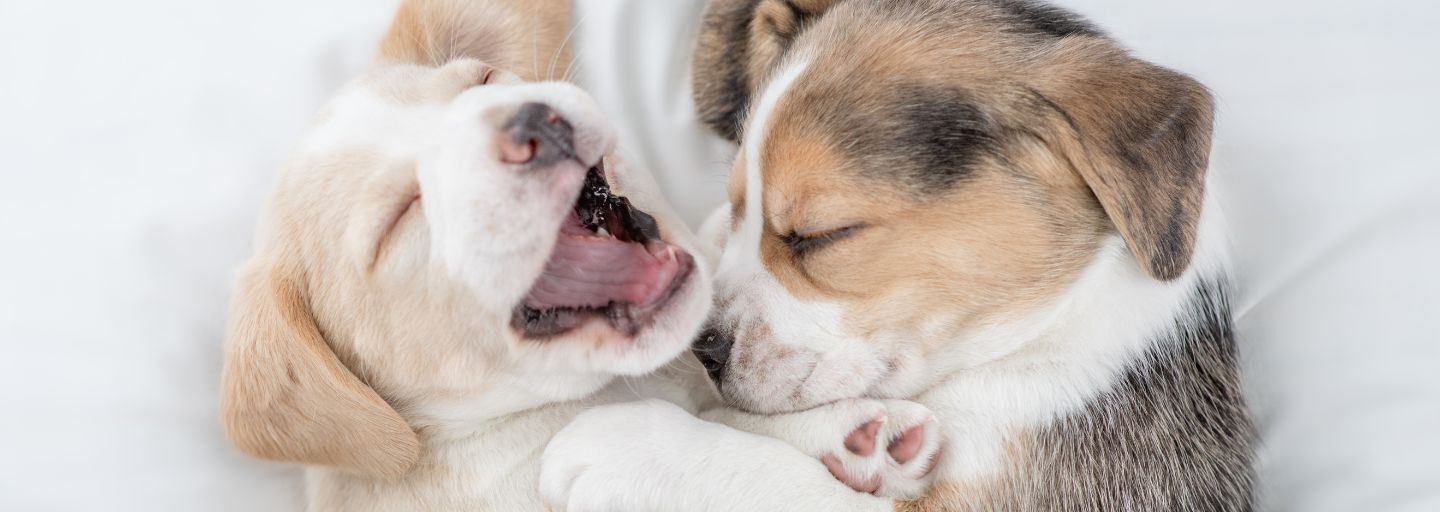Toilet training is an essential part of raising a puppy. By starting early and following a few simple steps, you can teach your pup to do their business in the right place. Consistency and patience are key to successful toilet training.
Toilet Training Basics
Toilet training should begin as soon as your puppy comes home. Puppies urinate frequently, so success in house training depends on anticipating their needs. In the beginning, they should be given the opportunity to relieve themselves at least every one to two hours. Look for signs like sniffing the ground, walking in circles, or looking for a place. When you notice these cues, quickly take your puppy outside.
Toilet Training Cues
Whatever the weather, take your puppy outside after they wake up, after playtime, a training session, lots of sniffing activities, or a short period after eating or drinking. Use a cue word like "toilet" or "go wee" to introduce the desired behavior. Say the cue word as they finish toileting and gradually start saying it earlier in the process. Praise them once they've finished in the right place.
Dealing with Accidents
If your puppy has an accident inside, don't get angry. Instead, remove them from the area and clean up the mess quickly and quietly using appropriate cleaning products. Avoid punishing your pup, as it will only make them afraid to toilet in front of you. Make sure to keep a closer eye on your puppy and stick to a schedule of regular toileting opportunities.
Toilet Training Surfaces
There are various options available for toilet training, such as pee pads, reusable/washable pads, or even fresh grass sections. Work with what your puppy is familiar with initially. Take your puppy outside on a leash to the designated toileting area, encouraging sniffing and walking around to stimulate the need to go. If they don't toilet after a few minutes, go back inside for a minute and then try again. The key is to have them in the right place more often than not.
Teaching Your Puppy to Wait
An alternative method to paper training is crate training or using a puppy playpen. This teaches puppies to wait in their own space before being taken outside. Gradually increase the duration of their wait time over weeks and months. Always provide toileting opportunities, especially after eating, drinking, waking up from a nap, or periods of play.
Retraining an Adult Dog
When it comes to adult dogs, use the same principles and training advice as you would with a puppy. Keep them confined to a designated space when unsupervised and take them outside regularly to the designated toileting area. Offer calm reinforcement when they go in the right place. If you're consistent but not seeing improvement, consult your veterinarian to rule out any medical conditions.
Stick to a Routine
Toilet training is an important part of overall puppy training. Stick to a reliable routine, and your puppy will quickly learn to be clean in the house. Gradually phase out numerous outdoor trips, but if there are any accidents, increase the number of visits again.
Toilet training your puppy requires patience, consistency, and understanding. By anticipating their needs, using cues, and providing regular opportunities, you can successfully teach your puppy to toilet in the right place. Remember to be patient and avoid punishment, as positive reinforcement is the key to success. With time and effort, your puppy will become a well-trained and clean member of your family.







